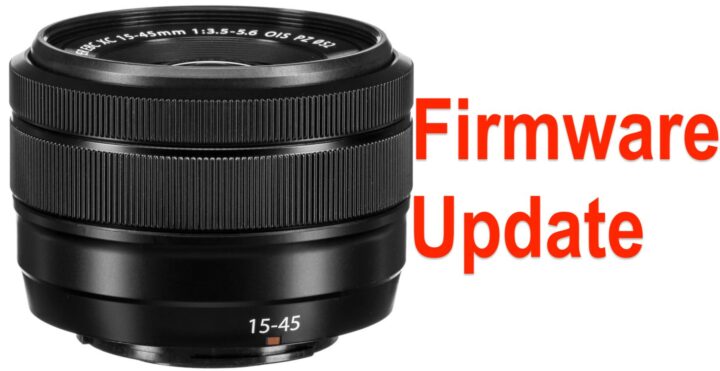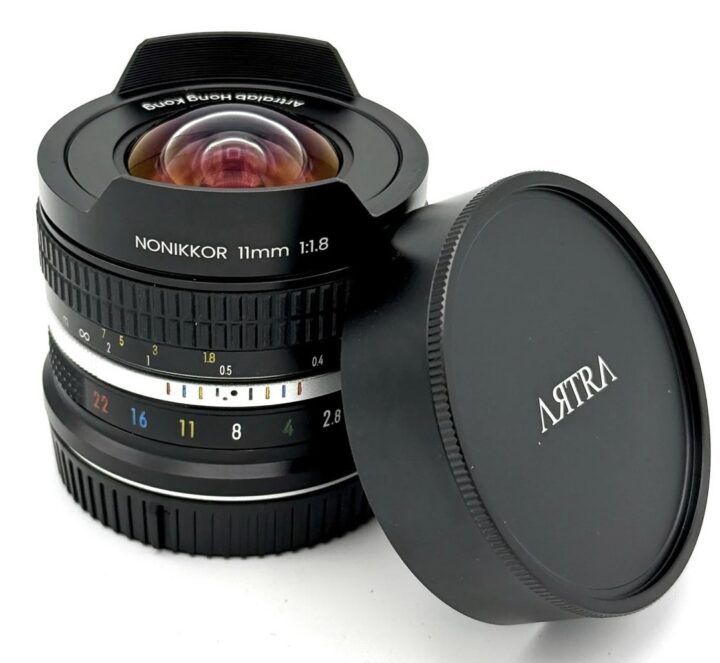Viltrox 135mmF1.8 for Fujifilm X Mount Coming Soon

Recently Viltrox launched their first LAB series lens, the Viltrox 135mmF1.8 LAB.
The LAB series will be Viltrox top of the line range of lenses and so far the Viltrox 135mmF1.8 is available only for Full Frame.
But now Viltrox has said in the comments to a post on their social media that there will be an X mount version coming soon, too.
I certainly hope this wasn’t a typo or mistake. You can never be too sure how much the people managing the company’s social media actually know.
From all reviews I have seen so far, the Viltrox 135mmF1.8 LAB is a great lens. The only downside for me is its rather massive size and weight.
There are full frame equivalent lenses such as the Sony FE 135mm f/1.8 GM, which are significantly smaller and lighter, but of course they come in at a much higher price tag.
What do you think? Is this a lens that makes sense for Fujifilm X mount? Feel free to let us know your thoughts in the comments below.




